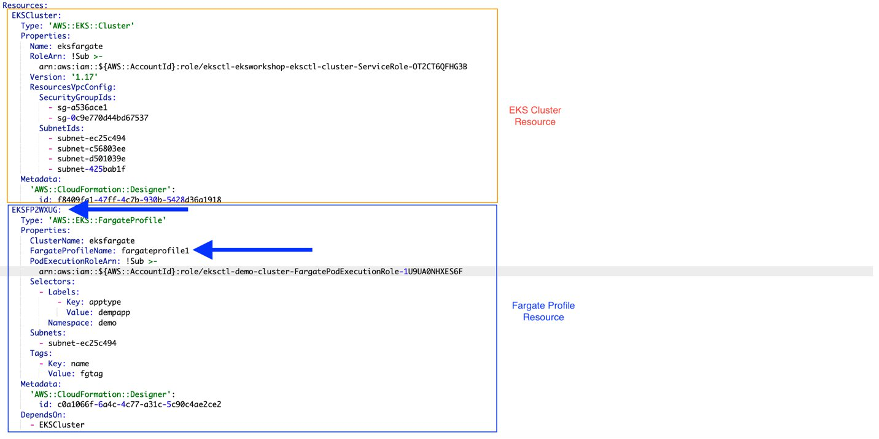Containers
Category: Developer Tools
Getting started with Consul service mesh on Amazon ECS
We recently announced the general availability of Amazon Elastic Container Service (Amazon ECS) service extension for Consul service mesh in AWS Cloud Development Kit (AWS CDK). This is a new integration that makes it easier for customers to use Consul as a service mesh on Amazon ECS. In this blog post, we show you how […]
Creating container images with Cloud Native Buildpacks using AWS CodeBuild and AWS CodePipeline
Organizations using Amazon Elastic Container Service (Amazon ECS), Amazon Elastic Kubernetes Service (Amazon EKS), or other container orchestrators all face the same hurdle to getting up and running quickly: how do teams effectively package their application source code in a container image with speed and efficiency? This journey from “source to image” can challenge organizations […]
Use CloudFormation to automate management of the Fargate profile in Amazon EKS
Organizations are embracing microservices architectures and container-based deployments to gain agility, scalability, isolation, and separation of concerns. AWS Fargate, the serverless compute engine for running containers in the AWS Cloud, improves agility by taking away the undifferentiated heavy lifting of worker node provisioning and management. With Fargate, organizations can focus on building applications and application […]
Create a pipeline with canary deployments for Amazon ECS using AWS App Mesh
NOTICE: October 04, 2024 – This post no longer reflects the best guidance for configuring a service mesh with Amazon ECS and its examples no longer work as shown. Please refer to newer content on Amazon ECS Service Connect. ——– In this post, we demonstrate how customers can implement a canary deployment strategy for applications […]
Ship and visualize your Istio virtual service traces with AWS X-Ray
AWS X-Ray is a managed distributed tracing system that helps customers gain end-to-end visibility of requests and provides rich visualization of connected services. This post will show how customers can integrate AWS X-Ray as a backend for Zipkin traces generated from services in a Istio service mesh.
Announcing the General Availability of Amazon ECS Service Extensions for AWS CDK
NOTICE: October 04, 2024 – This post no longer reflects the best guidance for configuring a service mesh with Amazon ECS and its examples no longer work as shown. Please refer to newer content on Amazon ECS Service Connect. ——– In late 2018, we first shared an introduction to using AWS Cloud Development Kit with […]
Connecting services across multiple accounts using AWS App Mesh and Amazon ECS
NOTICE: October 04, 2024 – This post no longer reflects the best guidance for configuring a service mesh with Amazon ECS and its examples no longer work as shown. Please refer to newer content on Amazon ECS Service Connect. ——– Today, many customers are adopting microservices. This approach breaks down software from a a single […]
Create a pipeline with canary deployments for Amazon EKS with AWS App Mesh
NOTICE: October 04, 2024 – This post no longer reflects the best guidance for configuring a service mesh with Amazon EKS and its examples no longer work as shown. Please refer to newer content on Amazon VPC Lattice. ——– In this post, we will demonstrate how customers can leverage different AWS services in conjunction with […]
Automatically deploying your container application with AWS Copilot
Taking an application from idea to working implementation that people can interact with is a multistep process. Once the design is locked in and the code is written, the next challenge is how to deploy and deliver the application to users. One way to do this is using a Docker container and a tool like […]
Automating Amazon EKS cluster testing with custom machine images
AWS recently launched a new service, EC2 Image Builder, which automates and simplifies the creation, maintenance, and validation of Amazon Machine Images (AMIs). Many of our customers are using this service to generate their own customized, hardened images. In this post, we will demonstrate how you can automatically test your Amazon Elastic Kubernetes Service (Amazon […]









